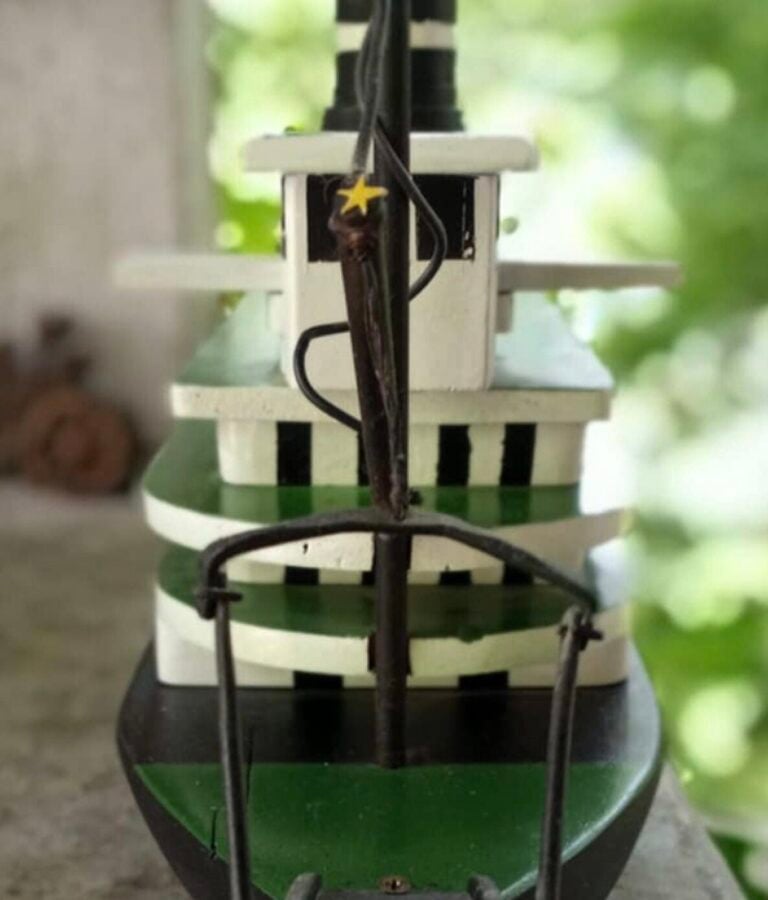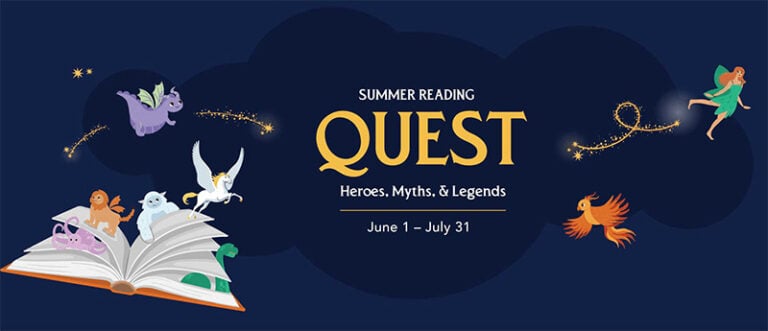If you are planning on fishing or boating on Kentucky waterways this spring as temperatures warm up, you are likely to encounter a River Otter at dawn or dusk.
A fast, acrobatic swimmer, the River Otter has a long, tapered tail that makes up about a third of its total length. Its coat is a thick, water-repellent light brown, gray and black fur.
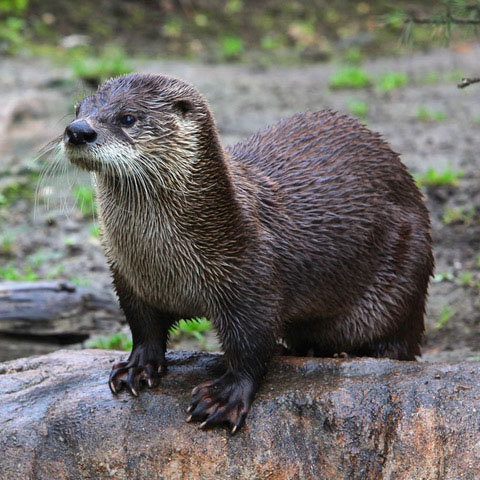
On land a River Otter can run at speeds of up to 15 miles per hour.
Their clownish, playful behavior which includes sliding down muddy river banks, tail chasing, and water play serve a purpose, to help strengthen social bonds and let young otters practice hunting techniques.
River Otters are voracious predators, eating fish, crayfish, turtles, salamanders, frogs and other aquatic creatures. They are ambush predators who do most of their hunting in the water.
The stocky mammals can weigh more than 25 pounds, and have short, powerful legs with webbed toes, and a muscular neck. Males weigh slightly more than females, and an adult male can be 42 inches long.
Swimming and diving prowess
The river otter’s nostrils and ears close during submersion, to keep out water. They are able to remain underwater for minutes, and can swim more than six miles per hour, and dive to a depth of more than 60 feet. Transparent membranes protect the otter’s eyes while swimming.
Their whiskers are long and thick, and help them detect prey in dark and cloudy waters. The River Otter’s sense of smell and hearing is acute.
Burrows and breeding
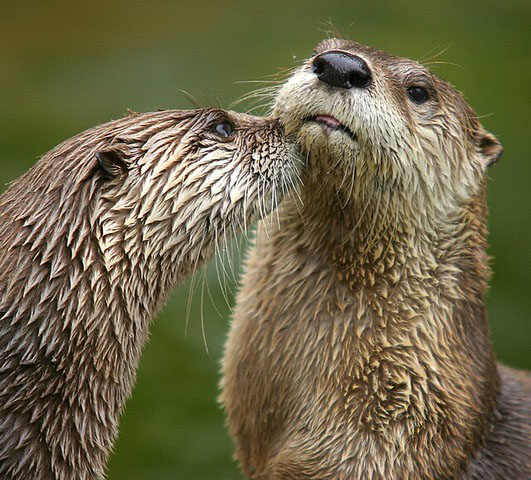
They establish a burrow close to the water’s edge. The den typically has several tunnel openings, one of which allows the otter access by water.
River Otters breed in late winter or early spring. Females give birth in the underground burrows, producing a litter of one to three pups, blind and helpless at birth. Young leave the den at eight weeks of age. They first learn to swim after about two months.
River Otters are most active early and late in the day and at night. They are nocturnal throughout the spring, summer, and fall, and diurnal (active during daylight hours) in winter.
River otters generally live alone or in small social groups. They can live eight to nine years in the wild but have lived up to 21 years in captivity.
Conservation success story
The River Otter (Lontra canadensis) is a conservation success story, comparable to the return of the white-tailed deer, wild turkey and elk.
In Mammals of Kentucky, published by the University Press of Kentucky in 1974, authors Roger Barbour and Wayne Davis wrote: “The pressures of civilization and the demand for its durable pelt have made the river otter rare and local. There are still a few scattered individuals in the swamps, bayous and sluggish streams (in the Purchase Region).”
River Otters are thought to have disappeared from most of the state by the mid-1900s.
Species Restoration
This native species was brought back by Kentucky Department of Fish and Wildlife Resources (KDFWR) during a three-year restoration program, which started in 1991, part of a nationwide effort in 21 states to restore the river otter to its native range, which includes all the Lower 48 states.
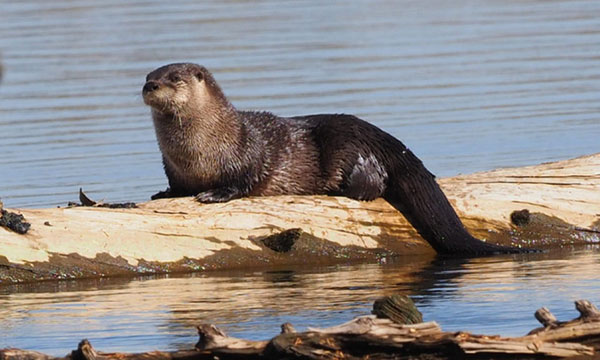
Wild-trapped otters from Louisiana were released at 14 sites in central and eastern Kentucky, in the Barren, Kentucky, Licking, Salt, Big Sandy, Nolin, and Green River basins. By 1994, 355 otters had been released across Kentucky.
River Otters are now found statewide, with high populations in the northern third of the state, throughout the Purchase Region, and counties that border the Ohio River and the lower reaches of the Tennessee, Cumberland, Green, Salt, Kentucky and Licking Rivers.
River Otter populations were allowed to grow for 12 years after restoration before any harvests were allowed.
A statewide trapping season first opened in 2006, after it was determined that sustainable numbers of otters were present in every major watershed in the state.
Current hunting and trapping regulations, and season dates are available at fw.ky.gov
River otters are thriving in Kentucky’s rivers, streams and wetlands. Their return to the water landscape will enthrall generations to come.












